State Broadband Office Director Russ Elliott introduced the Hoh Tribe’s Economic Development Director to SpaceX Starlink. Almost overnight, the Tribe went from almost no connectivity to high-speed internet. Creative partnerships like this can help the state reach its goal to bring connectivity to every home by 2024.
Category: space – Page 726

NASA-JPL team tests out DuAxel in Mojave Desert
There’s rough terrain – then there are the craters and near-vertical cliffs on the Moon, Mars, and beyond. The DuAxel is a robot built for situations just like those. By creating two single-axle rovers that can combine into one with a central payload we could maximize versatility during future missions. See more details: go.nasa.gov/34QNo5T.

NASA makes a significant investment in on-orbit spacecraft refueling
NASA has reached an agreement with 14 US companies to develop technologies that will enable future modes of exploration in space and on the surface of the Moon. NASA says the value of these awards for “Tipping Point” technologies is more than $370 million.
With these awards, the space agency is leaning heavily into technologies related to the collection, storage, and transfer of cryogenic propellants in space. Four of the awards, totaling more than $250 million, will go to companies specifically for “cryogenic fluid management” tech demonstrations:
Eta Space of Merritt Island, Florida, $27 million. Small-scale flight demonstration of a complete cryogenic oxygen fluid management system. System will be the primary payload on a Rocket Lab Photon satellite and collect critical cryogenic fluid management data in orbit for nine months. Lockheed Martin of Littleton, Colorado, $89.7 million. In-space demonstration mission using liquid hydrogen to test more than a dozen cryogenic fluid management technologies, positioning them for infusion into future space systems. SpaceX of Hawthorne, California, $53.2 million. Large-scale flight demonstration to transfer 10 metric tons of cryogenic propellant, specifically liquid oxygen, between tanks on a Starship vehicle. United Launch Alliance (ULA) of Centennial, Colorado, $86.2 million. Demonstration of a smart propulsion cryogenic system, using liquid oxygen and hydrogen, on a Vulcan Centaur upper stage. The system will test precise tank-pressure control, tank-to-tank transfer, and multiweek propellant storage.
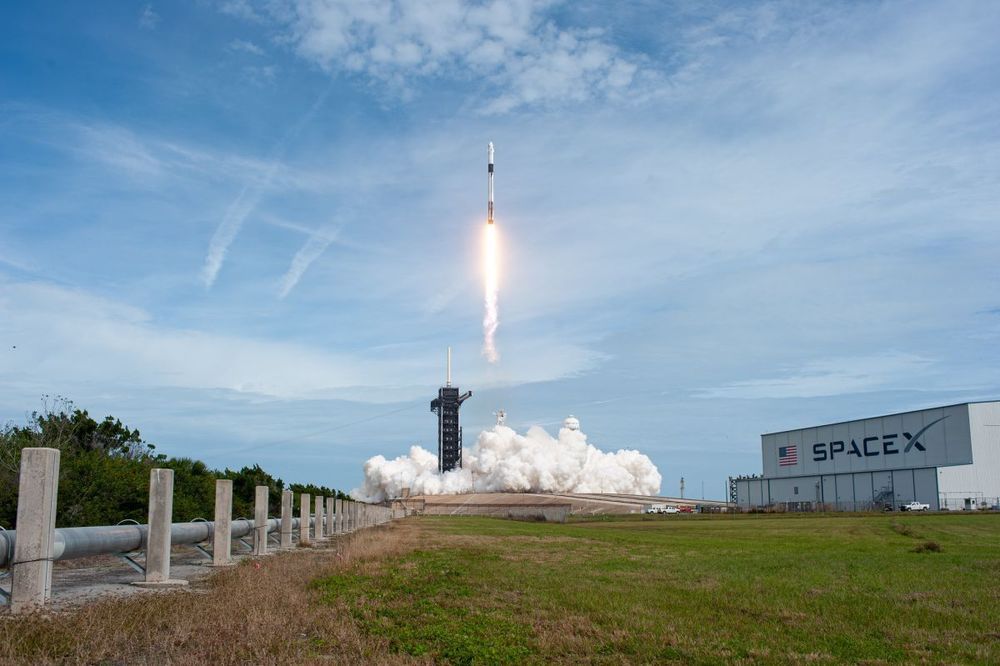
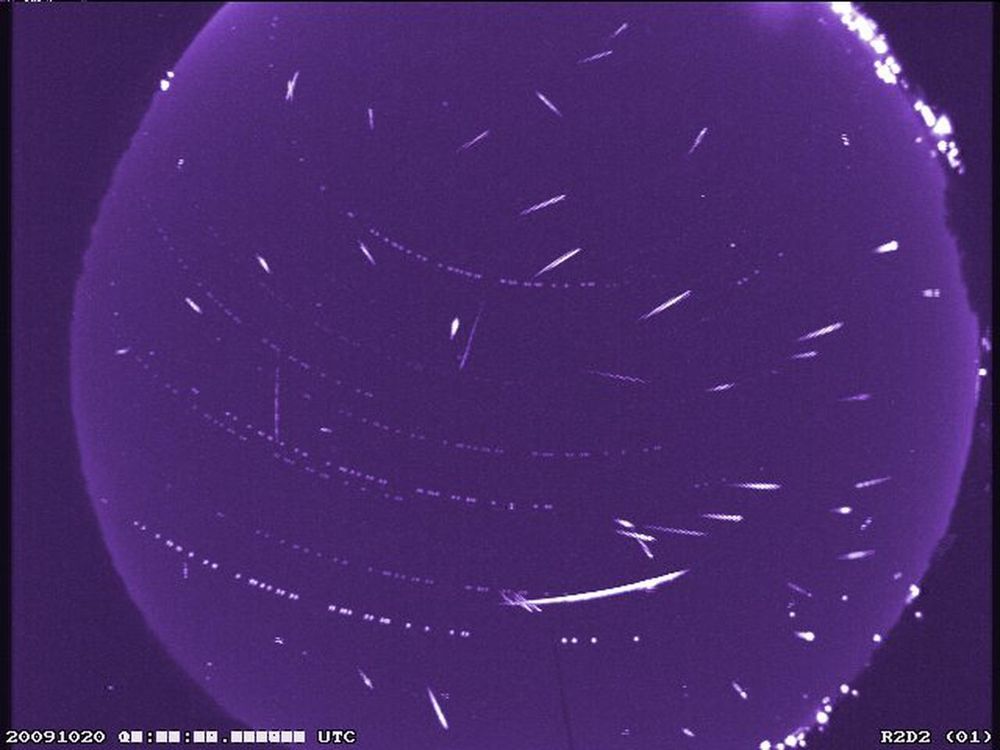
Orionid meteor shower to peak soon, best times to see it
This fall sky show has some really bright meteors this year.
Two full moons with a meteor shower sandwiched in between? October has been a fun month for sky watchers.
The annual Orionid meteor shower is already heating up. It generally lasts from early October through about Nov. 7. This year, it’s expected to reach its peak before dawn on Oct. 21.
But don’t wait until then to start watching for meteors streaking across the sky.

Intercontinental comparison of optical atomic clocks through very long baseline interferometry
The comparison of distant atomic clocks is foundational to international timekeeping, global positioning and tests of fundamental physics. Optica l-fibre links allow the most precise optical clocks to be compared, without degradation, over intracontinental distances up to thousands of kilometres, but intercontinental comparisons remain limited by the performance of satellite transfer techniques. Here we show that very long baseline interferometry (VLBI), although originally developed for radio astronomy and geodesy, can overcome this limit and compare remote clocks through the observation of extragalactic radio sources. We developed dedicated transportable VLBI stations that use broadband detection and demonstrate the comparison of two optical clocks located in Italy and Japan separated by 9,000 km. This system demonstrates performance beyond satellite techniques and can pave the way for future long-term stable international clock comparisons.
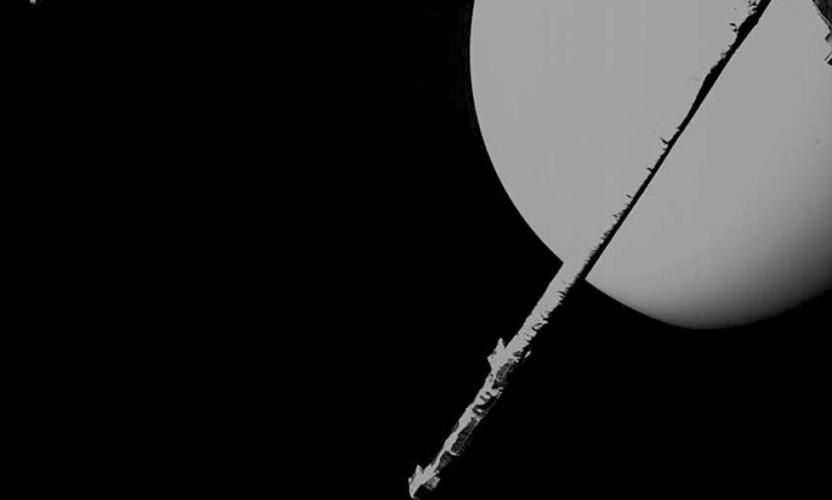
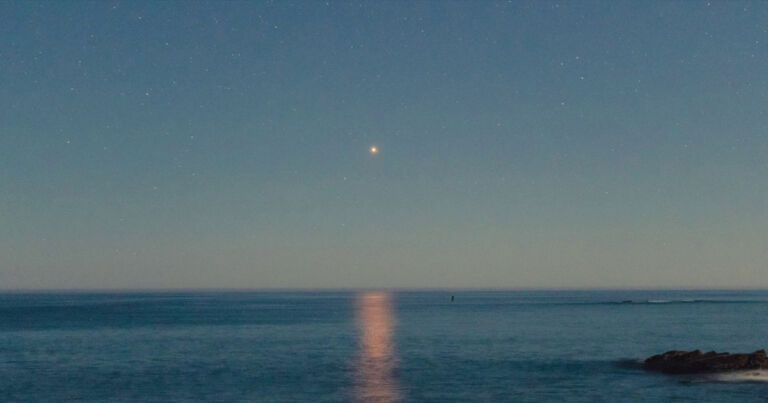
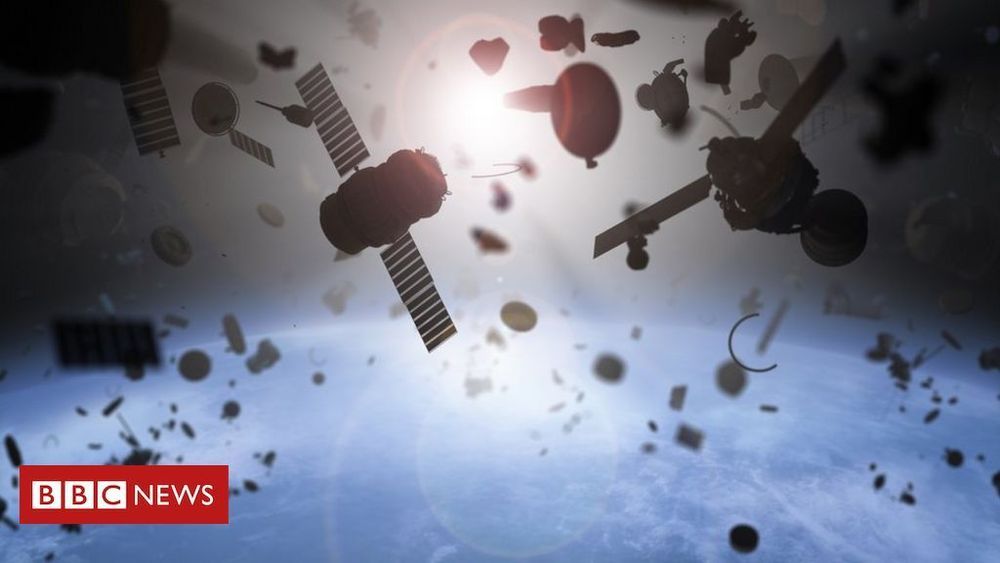
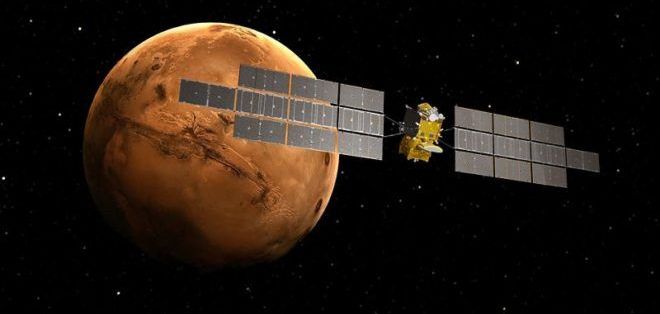
Airbus wins ambitious ESA mission to bring first Mars samples back to Earth

Luxembourg, 14 October 2020. – Airbus has been selected by the European Space Agency (ESA) for its ambitious five-year mission to go to Mars and bring the first samples from the Red Planet back to Earth, the company announced in Toulouse.
Airbus acts as ESA’s prime contractor for the Earth Return Orbiter (ERO), the first ever spacecraft to bring Martian samples back to Earth, the company said. The value of the contract is € 491 million.
The Mars Sample Return mission is a joint campaign from ESA and NASA and the next step in the exploration of Mars, Airbus said. The Earth Return Orbiter (ERO) and the Sample Fetch Rover, both designed and built by Airbus, are the two main European elements of that campaign.